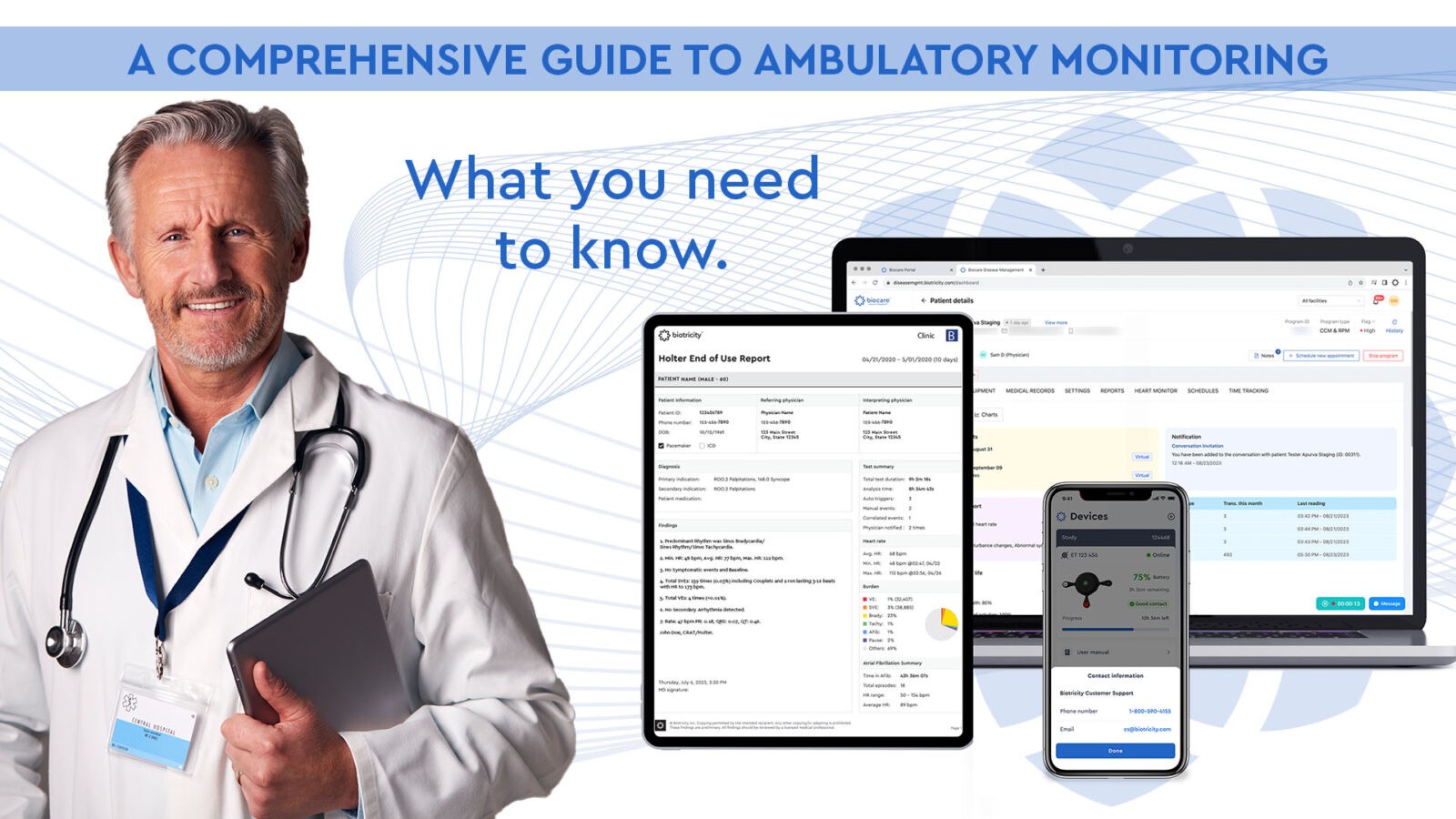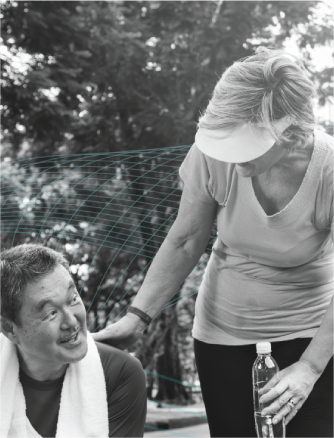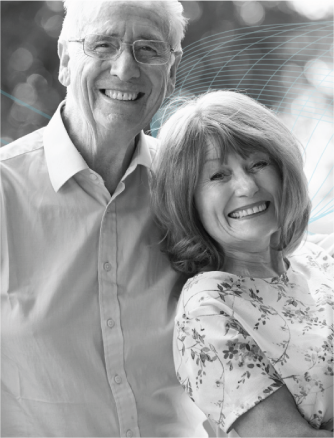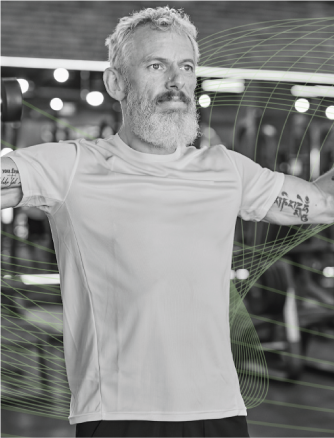For patients at risk of serious heart conditions, Cardiac Outpatient Monitoring provides a lifeline to immediate care. Cardiac Outpatient Monitoring continuously monitors the heart’s electrical activity and transmits the data in real time to healthcare professionals. This ability to monitor patients outside the hospital environment offers several key advantages.
How Cardiac Outpatient Monitoring Works
Cardiac Outpatient Monitoring devices are small, portable monitors that patients wear as they go about their daily activities. The device collects ECG data continuously and transmits it wirelessly to a monitoring center. Healthcare providers are immediately alerted if there are any significant abnormalities, such as arrhythmias or sudden changes in heart rate.
The Benefits of Cardiac Outpatient Monitoring
- Real-time Monitoring: Continuous, real-time monitoring ensures that no significant heart events go unnoticed.
- Faster Diagnosis: Immediate data transmission allows healthcare providers to make faster decisions regarding care, helping them to improve patient outcomes. decisions, improving the speed and accuracy of diagnosis.
- Improved Patient Outcomes: By catching potentially life-threatening heart events earlier, cardiac outpatient monitoring improves outcomes for high-risk patients.
Why Cardiac Outpatient Monitoring is a Game Changer
With Cardiac Outpatient Monitoring , healthcare providers can react quickly to changes in a patient’s condition, often before the patient even realizes something is wrong. This proactive approach to heart health can significantly reduce hospital admissions and improve long-term outcomes for patients with serious cardiac conditions.
Biotricity’s Biocore device is capable of performing both Cardiac Outpatient Monitoring studies and Holter monitoring studies, in addition to extended Holter and Event monitoring. Consult your doctor to determine which type of monitoring is most appropriate for your individual circumstances.






